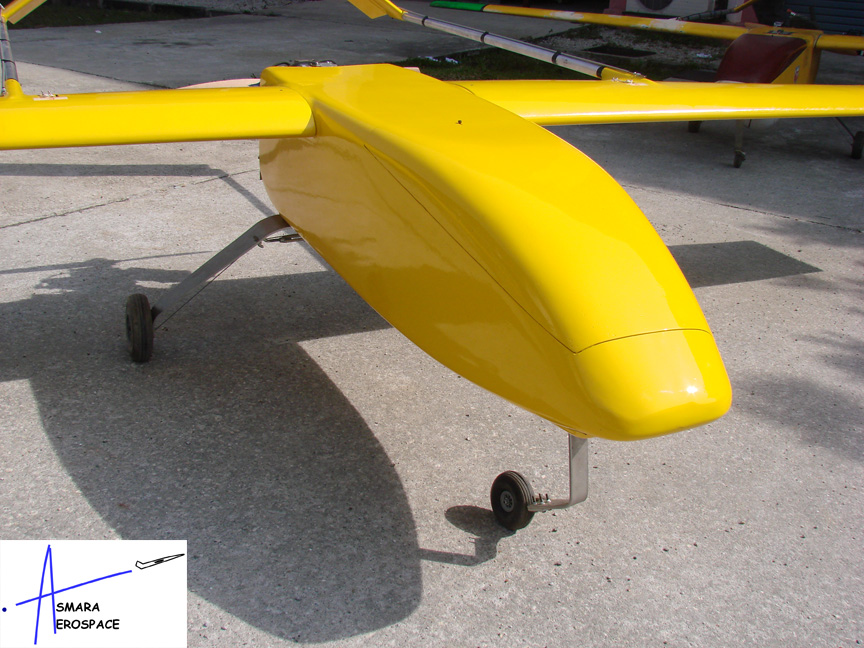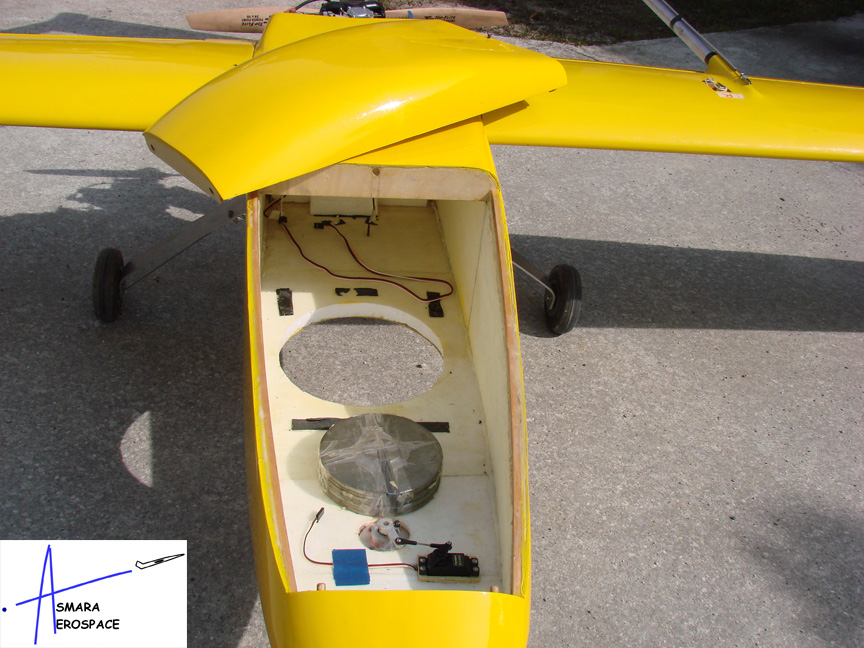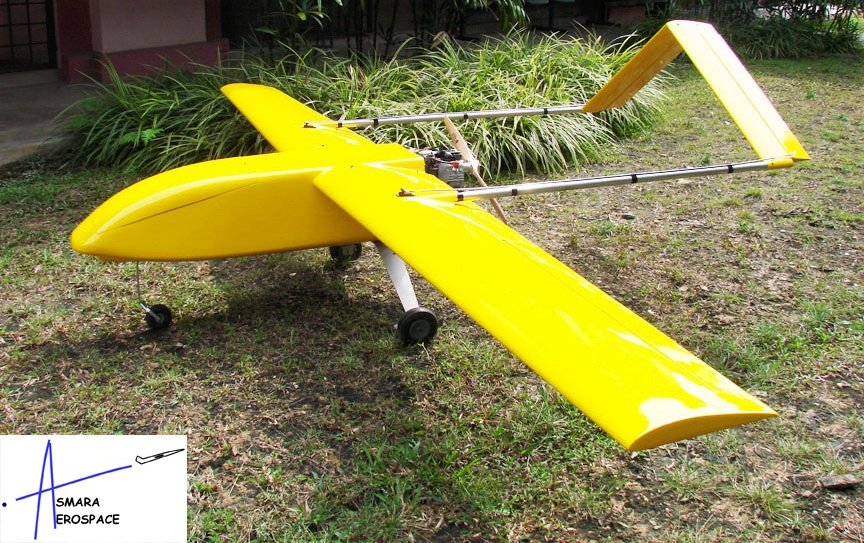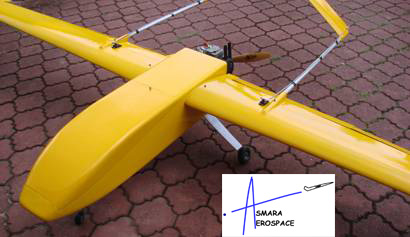I'm learning to love things open source! To see what the fuss was about, I obtained an Arudino Duemilanove board from Sparkfun and decided to play around with it. It didn't take very long for me to assemble a (very) simple optical flow sensor using this board and one of my 16x16 Tam vision chips.
The circuit is very simple- the only electronic components were the Arduino board, a 16x16 Tam vision chip I developed at Centeye, and a single bypass capacitor. The vision chip and the bypass capacitor reside on a one inch (25.4mm) square breakout board. This particular Tam chip is pretty simple to operate- aside from the power signals, it requires two digital inputs, clock and reset counter, and generates one analog pixel output. A counter on the chip determines which pixel is to be output (by row/column) at the output analog line. Every time the clock is pulsed, the counter increments and the next pixel is selected. Pixels are read out one row at a time. The pixel circuits themselves operate in continuous time and are always generating a voltage in response to light. The counter merely determines which pixel voltage is sent to a voltage buffer before being sent off-chip.
A simple Arduino program reads out the pixel signals, digitizes them with the Arduino/Atmel's ADC, and computes a simple one-dimensional optical flow measurement. For the optical flow algorithm, I chose a variation of the Hassenstein Reichardt algorithm, an venerable algorithm from the 1950's that was one of the first proposed neural models for visual motion sensing. The Arduino program then dumps the simple running graph of the optical flow onto the serial dump terminal.
The optical flow algorithm is very simple. Let pA and pB be the signals output by pixels A and B respectively. Let lp( ) be a simple low-pass filter function, which can be implemented as a running average. The optical flow estimated from pixels A and B is merely lp(pA*lp(pB)-pB*lp(pA)), with the outer low pass filter having a longer time constant than the inner low pass filters. If we have an array of pixels A, B, C, D, and so on, then we compute this algorithm once for pA and pB, then again for pB and pC, and again for pC and pD, and so on, and average the results. This certainly isn't the best algorithm one could use, but it was very simple to throw together and I was actually curious to see how it would work.
For this implementation, I'm only reading in the middle 8x8 block of pixels and row-averaging them to form an eight-pixel line image. Thus the optical flow output you see is really from eight pixels worth of image data, or seven individual optical flow measurements averaged together as described in the last paragraph.
The first video above shows the response when the 16x16 Tam chip is exposed to light and a moving card casts a moving shadow across the chip. The second video shows the response when a lens is placed over the chip, so that the image of my moving hand is tracked. The pictures below show the two complete sensor setups, with and without lens, and a close-up of the Tam chip on it's breakout board.
The purpose of this experiment was to see how easy it would be to throw together a simple optical flow sensor using an Arduino board and a simple image sensor chip. The results are certainly crude, but the concept works. I think with some more work a decent Arduino-based sensor can be made, and it could be as easy to hack as pretty much any other Arduino project. (Arduino rocks!)
For those that are curious, I have another post on another forum that shows simple ASCII images taken from the image sensor, and discusses the operation of the chip in greater detail.
(Note: The "Tam" chip here is similar to but not the same as the "Tamalpais" chip used in the recent post on the 125mg sensor. Both are 16x16, but the Tam has larger pixels and is simpler to operate while the Tamalpais is smaller and has better on-board amplification. There is a story behind both names...)




